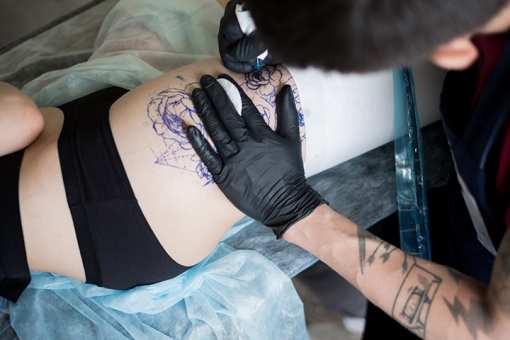About the Museum
The Museum preserves the heritage of the mechanical arts, celebrates the ingenuity of our mechanical forebears, and explores the effects of their work on our everyday lives. The American Precision Museum, housed in the original Robbins & Lawrence Armory, now holds the largest collection of historically significant machine tools in the nation.
Precision manufacturing touches us all. Without it, we would not have the mass communication, rapid transportation, modern standards of sanitation and medical care, abundant food and clothing, or the leisure for universal education.
The tools and the methods which make mass production possible were pioneered at the Robbins & Lawrence Armory in Windsor, Vermont. Using precision metal and wood cutting machines and high standards of accuracy, Robbins & Lawrence proved the effectiveness of a new type of manufacturing that would soon be known as the American System. Across America, a powerful machine tool industry grew up, flourishing especially in New England and the northern Midwest. Today, even in the age of plastics and microprocessors, the concept of precision manufacturing provides the foundation for modern industry around the world.
Our Mission
To capture the imaginations of young and old with the spirit of innovation, problem solving and design demonstrated through the dynamic story of the machines and people which form the foundation and future of the manufacturing industry in America.






